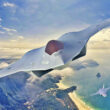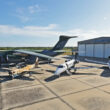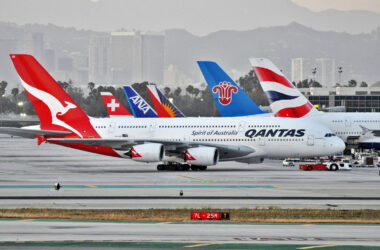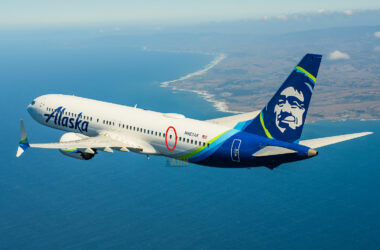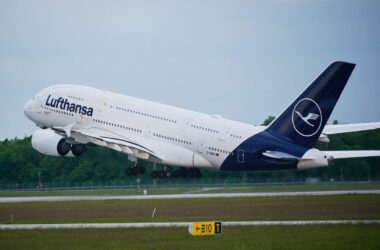After several delays and long ground tests, Boom Supersonic finally completed the first flight of the XB-1, a demonstrator that will be used to test the supersonic flight technologies that will be used in Overture, the start-up’s passenger aircraft.
With Boom Chief Test Pilot Bill “Doc” Shoemaker in command, the XB-1 took off on March 22 from the Mojave Air & Space Port in Mojave, California.
According to Boom, the first flight reached an altitude of 7,120 feet and speeds of up to 238 knots, with the aircraft remaining in the air for around 12 minutes.
Follow Air Data News: WhatsApp | Google News | Instagram | LinkedIn | Twitter | Facebook
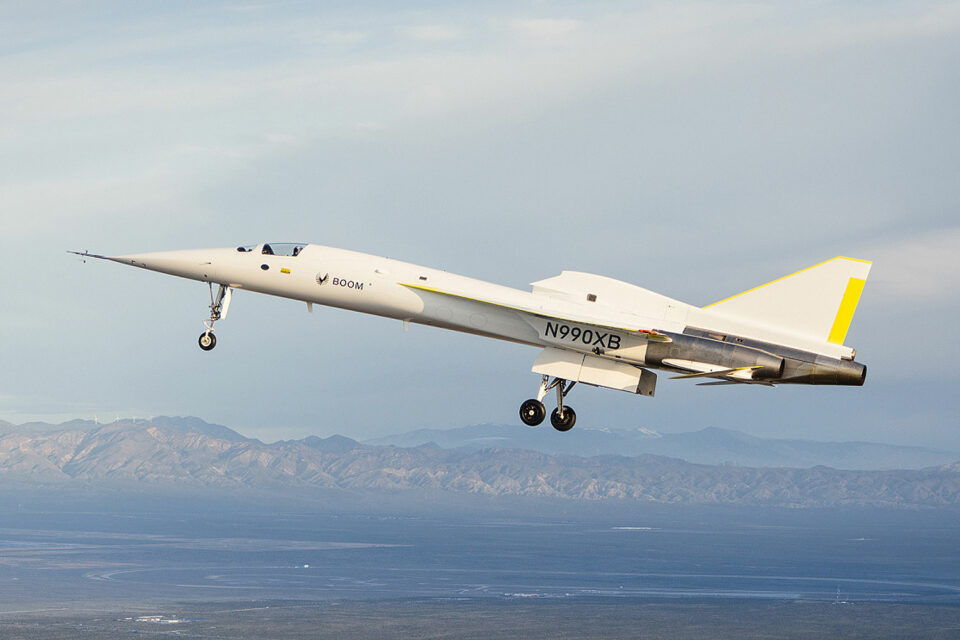
“Everyone on the XB-1 team should be incredibly proud of this achievement,” said Bill “Doc” Shoemaker, Chief Test Pilot for Boom Supersonic. “It has been a privilege to share this journey with so many dedicated and talented professionals. The experience we have gained in reaching this milestone will be invaluable to Boom’s revival of supersonic travel.”
Overture concept different from the XB-1
Boom was founded in 2014 by Blake Scholl, a former boss at Amazon and Groupon, with the aim of resuming supersonic passenger flights, which ended in 2003 with the retirement of Concorde.
Since then, Scholl has been gathering investors and attracting some potential clients such as United Airlines and American Airlines.
Despite ambitious plans, Boom has suffered some setbacks such as losing the support of Rolls-Royce in the development of the aircraft’s engines.
As a solution, the company hired several partners to produce the Symphony, a turbofan derived from military engines.
The XB-1 was introduced in 2020 with the goal of flying for the first time in 2021. In the meantime, Boom changed the design of the Overture, which previously resembled the demonstrator.
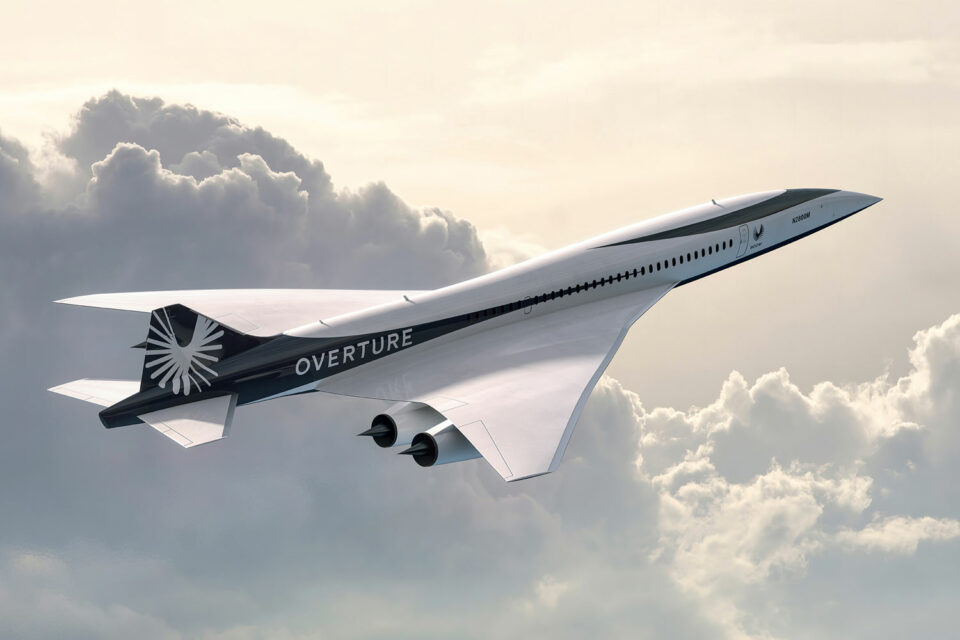
The prototype has three J85 turbojet engines installed in the tail and delta wings with a small wing area.
The Overture will have four engines under the wings and a slim fuselage reminiscent of the Boeing 2707 project.
Supersonic noise
But the future supersonic jet for up to 80 passengers is not expected to solve one of the technology’s greatest dilemmas, the noise generated by the breaking of the sound barrier, preventing its operation in certain regions.
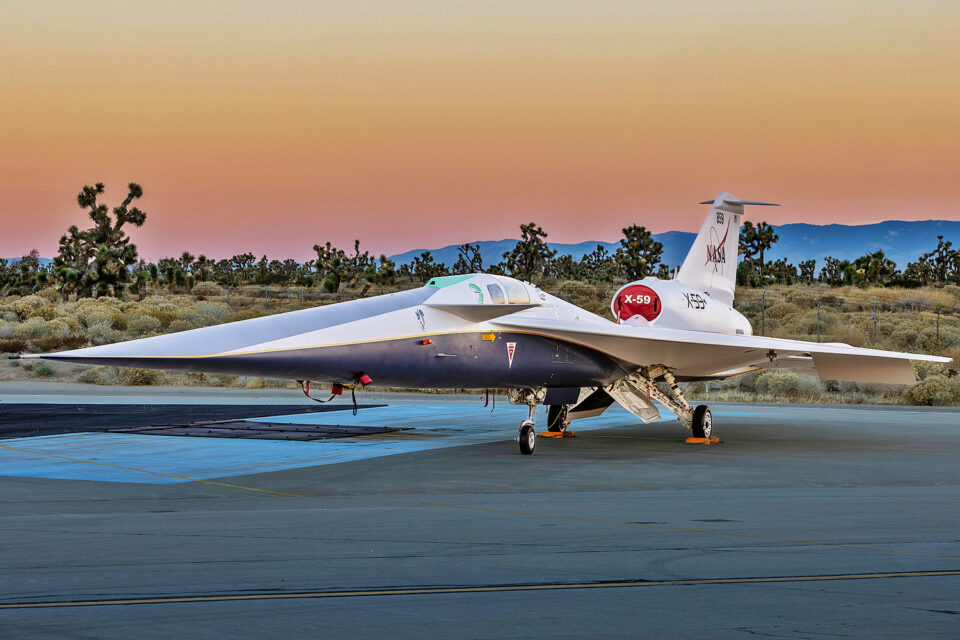
The challenge of creating an aircraft capable of flying over populated areas at supersonic speeds was taken on by NASA and Lockheed Martin with the X-59 prototype, which will test new concepts to delay the supersonic boom.
Despite the long road ahead, Boom Supersonic remains optimistic, saying its aircraft will soon be produced at a factory in Florida and that it has 130 orders and pre-orders.



